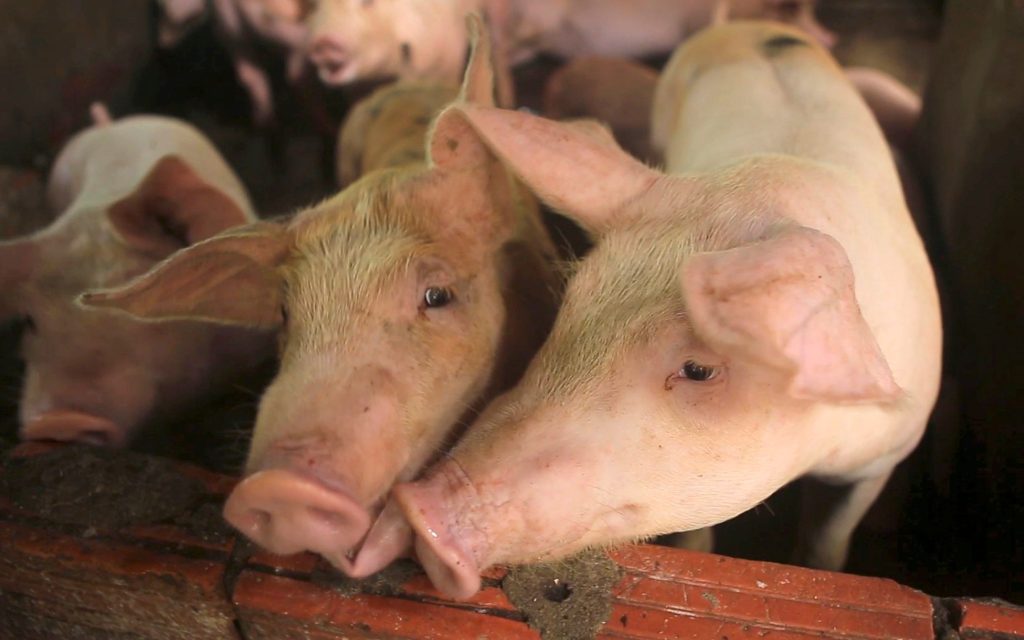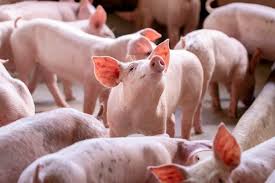Pig farming can be a lucrative business, but it’s not without its challenges. From disease management to market trends, there are many factors that can make or break a pig farm. In this article, we’ll explore the top 20 mistakes pig farmers make and provide expert advice on how to avoid them.

Mistake #1: Poor Housing and Ventilation
A well-designed pigpen is crucial for maintaining animal health and productivity. Ensure adequate ventilation, shelter, and sanitation to prevent disease and stress.
Mistake #2: Inadequate Nutrition
A balanced diet is essential for optimal growth and health. Consult with a nutritionist to formulate a feed program that meets your pigs’ needs.
Mistake #3: Inadequate Water Supply
Access to clean water is vital for pig health. Ensure a reliable water source and monitor consumption to prevent dehydration.
Mistake #4: Overcrowding
Overcrowding can lead to stress, disease, and reduced growth. Ensure sufficient space per pig and monitor group dynamics.
Mistake #5: Poor Health Management
Regular monitoring and prompt treatment of health issues are critical. Develop a comprehensive health program with a veterinarian.
Mistake #6: Inadequate Biosecurity
Prevent disease introduction and outbreaks with strict biosecurity measures, including visitor protocols and sanitation procedures.
Mistake #7: Incorrect Vaccination
Follow proper vaccination protocols to ensure optimal immunity. Consult with a veterinarian to determine the best program for your farm.
Mistake #8: Poor Breeding Practices
A well-planned breeding program is essential for genetic diversity and fertility. Consult with a breeding expert to develop a program that meets your needs.
Mistake #9: Inadequate Record Keeping
Accurate records are crucial for monitoring productivity and profitability. Implement a comprehensive record-keeping system.
Mistake #10: Failure to Monitor Market Trends
Stay ahead of market fluctuations by monitoring trends and adjusting your business strategy accordingly.
By avoiding these common mistakes, pig farmers can improve productivity, profitability, and animal welfare. Stay tuned for part two of this series, where we’ll explore mistakes #11-20





